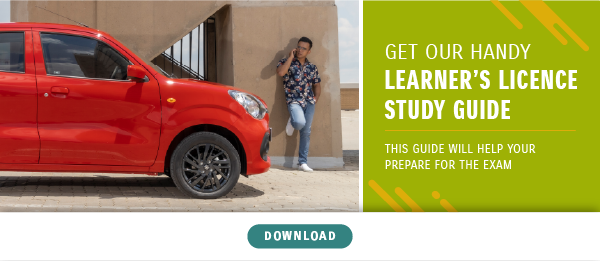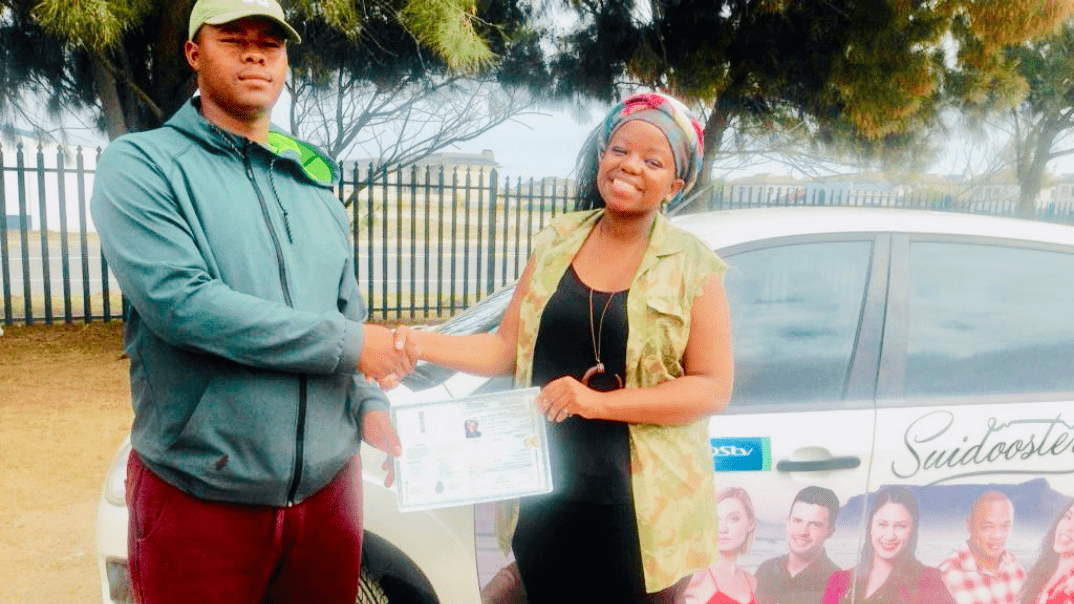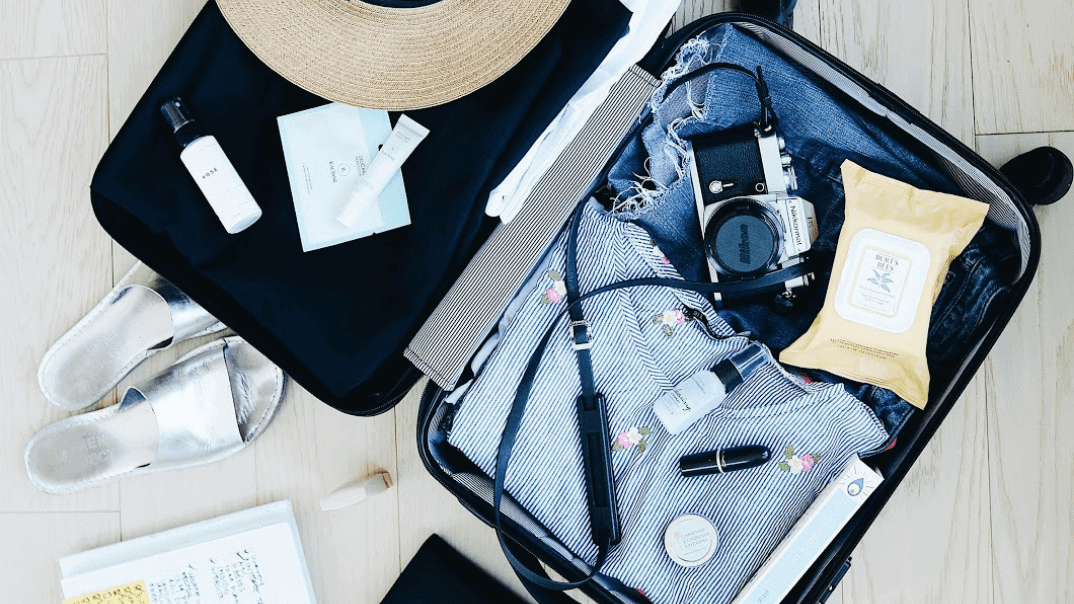.jpg?width=1074&height=671&name=Navigating%20traffic%20circles%20for%20dummies%20(1).jpg) It’s a fact - nearly every person who enters a traffic circle thinks they have the right of way, and that they’re the only ones who know what’s going on. No matter how mild-mannered people are in their daily lives the second you put them in a traffic circle, they expect everyone else to wait. Admit it - we all approach these little circles of chaos with that attitude.
It’s a fact - nearly every person who enters a traffic circle thinks they have the right of way, and that they’re the only ones who know what’s going on. No matter how mild-mannered people are in their daily lives the second you put them in a traffic circle, they expect everyone else to wait. Admit it - we all approach these little circles of chaos with that attitude.
What very few people will admit is that this attitude is the result of confusion. Some drivers have absolutely no clue what to do at a traffic circle, so they simply try to get it over with as quickly as possible by barging through and calling everyone else an idiot! The big secret here, is that there’s no shame in not knowing what to do at traffic circles. Most of us are a little confused . . .
Arrive Alive has put together some handy information for navigating South African traffic circles. Here is a cheat sheet to help you get around trick traffic circles.
The basics of merging into a traffic circle
When you come up to a traffic circle:
- Use your common sense and slow down. Traffic circles are designed to calm traffic, and not to test you vehicle’s cornering ability. You also don’t know if other vehicles are approaching the circle at speed, so rather err on the side of caution.
- Remember ‘Right has the right’:
- In South Africa, vehicles to your right have the right of way when it comes to traffic circles. You must always yield to vehicles approaching from the right, even if you were there before some of them.
- So let’s say you approach a traffic circle and there is a vehicle entering to your right, you let them pass. Then another two vehicles show up right behind the first one - you let them enter the circle and pass as well. They’re to your right, and therefore have the right of way.
- If there aren’t any vehicles to your right (only to your left), then you have the right of way.
- A traffic circle is not a four-way stop:
- Many drivers treat traffic circles as four-way stops, where the first vehicle to arrive gets to go first, followed by the second to arrive etc. The problem is that traffic circles are designed to keep traffic flowing, and this stop-start approach (with regular disagreements over who was there first), completely defeats the purpose.
You’ve made it into the traffic circle - now what?
No matter the size of the traffic circle (double lanes, or a tiny parking lot exit circle) the rules around how they should be handled remain the same.
Remember that a traffic circle is simply a part of the road - so normal rules apply:
- Keep left and indicate if you’re taking the first exit.
- If you’re taking the second exit, use your discretion based on the size of the circle -if it’s too small to change lanes before you exit, then stick to the left lane from the start.
- If you’re taking the last exit and there is more than one lane, it’s best to stick to the inside (or right-hand) lane and then move over to the left when you are about to exit.
Note: because traffic circles tend to be a more condensed space, it’s vital to indicate when changing lanes or exiting - nobody needs a surprise when there isn’t a lot of room to manoeuvre.
Watch our post, “How to drive in a traffic circle [video]”, which lays out the rules clearly for navigating tricky traffic circles.
While we know that even the best drivers can get into a tough situation on the road. Wet slippery roads, of other drivers can cause accidents to happen. In that moment it can be tough to figure out what needs to happen. What photos do you need, what information you should ask for and more. We have compiled a simple checklist to help you ensure you don't miss any important steps in the event of an accident. Get our accident checklist emailed to you.
For those who’ve had some bad traffic circle experiences and question their relevance, keep in mind that if used correctly, traffic circles are designed to:
- Slow down traffic in areas such as residential, outside schools and even shopping centres to reduce the risk of accidents.
- Due to their design, traffic circles minimize the risk of head-on collisions, reducing the overall severity of potential accidents.
- Improve traffic flow, because if used correctly, there’s rarely a reason to come to a complete stop - unlike four-way stops.
- Aesthetics - many city planners prefer circles to intersections because they add flow to the overall layout of the area and also create the opportunity for creating green spaces inside the circles.
Download our quiz in our learner's licence study guide to test your road sign knowledge and the rules of the road.
For more helpful driving advice and tips, get our latest blogs delivered straight to your inbox.





![How to put in an ISOFIX car seat [infographic]](https://blog.suzukiauto.co.za/hubfs/Blog_post_images/How_to_install_an_ISOFIX_car_seat/Suzuki_blog_isofixcarseat.jpg)